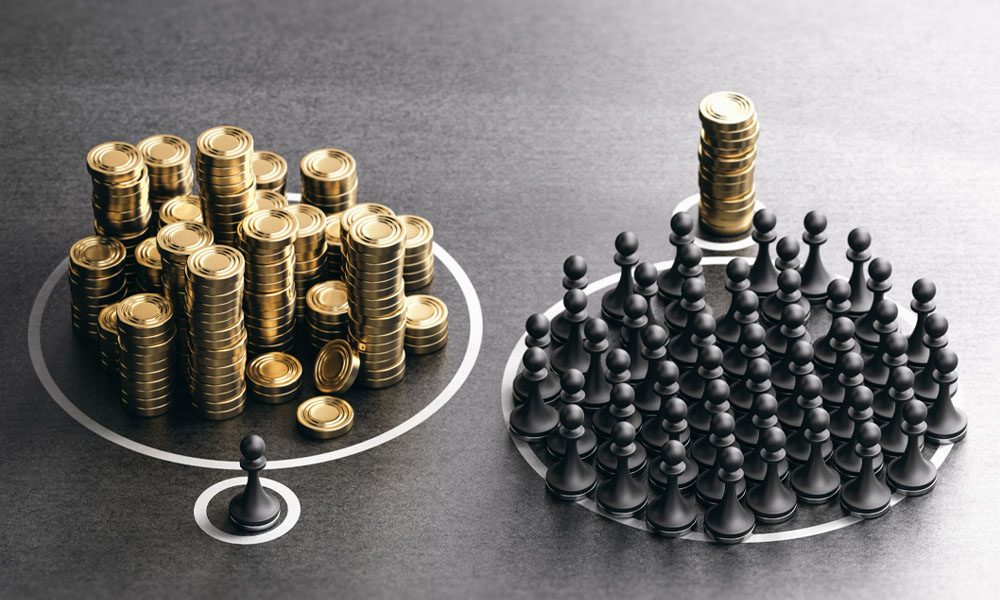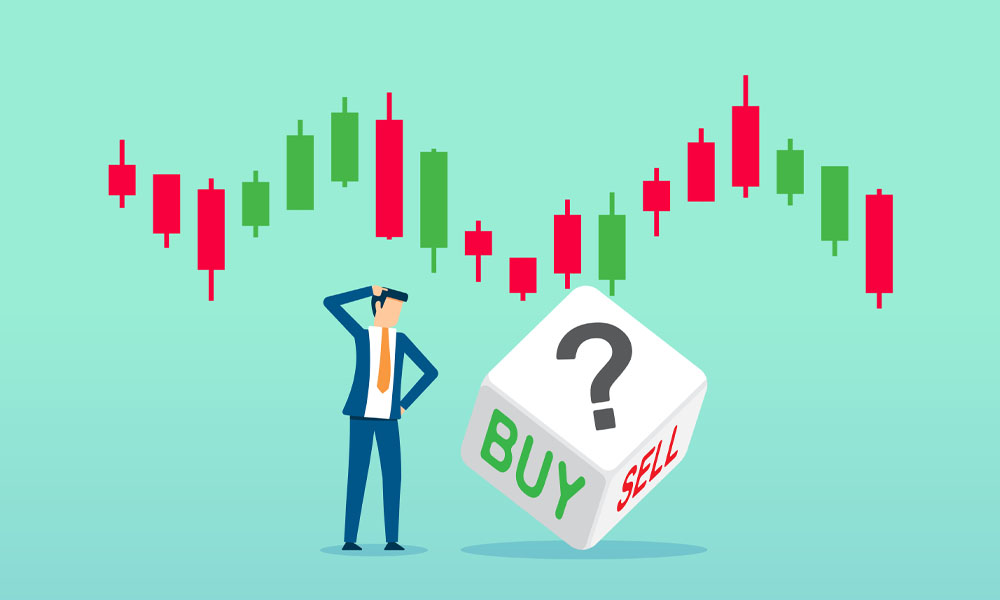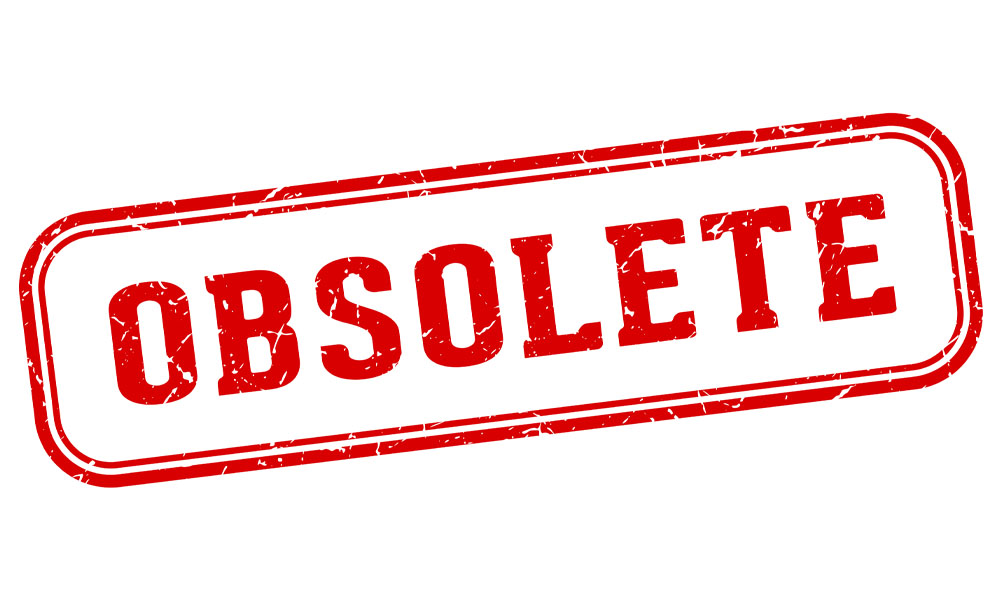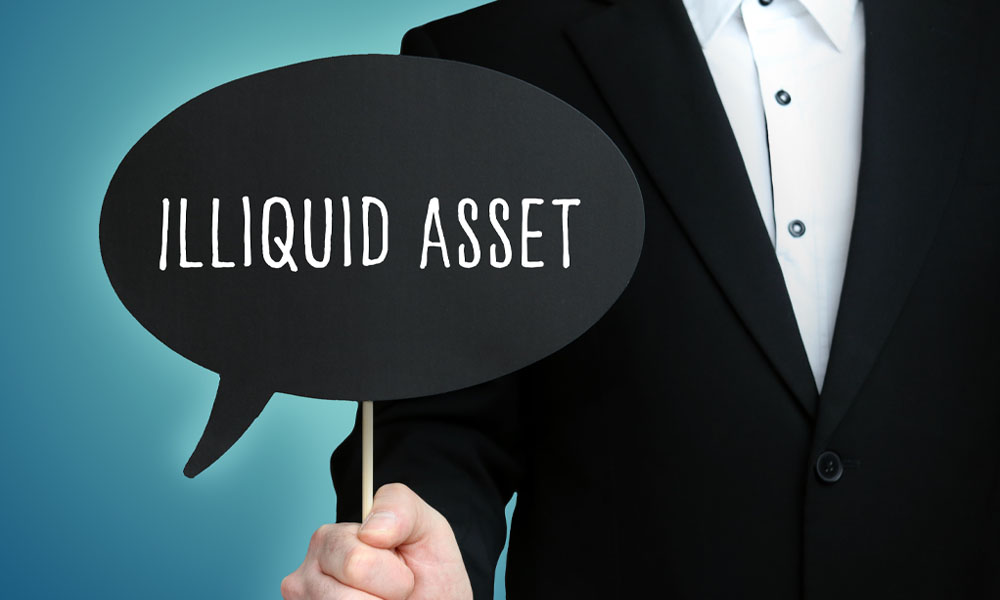Gold and silver have captivated human interest for centuries, often becoming engrained in a civilization's culture, serving as symbols of wealth, power, and security. However, many misconceptions persist about investing in precious metals despite their long-standing value and importance. Some people dismiss gold and silver as relics of the past, while others believe these investments are only accessible to the wealthy elite. These myths can deter people from considering precious metals as a viable option for their investment portfolios.
Today, we will debunk some of the most common myths surrounding gold and silver bullion. By separating fact from fiction, we aim to provide you with a clearer understanding of these timeless assets' true value and potential. Whether you're a seasoned investor or just starting out, this guide will help you make more informed decisions about incorporating gold and silver into your financial strategy.
Let's get started!

Myth 1: Only Wealthy People Can Afford to Invest in Gold and Silver
The Myth: There's a common perception that investing in precious metals is reserved for the wealthy. Many people believe that gold and silver are prohibitively expensive and that significant capital is required to start investing in a little nest egg. This myth suggests you must have substantial financial resources to participate in the precious metals market.
The Facts: Gold and silver investments are far more accessible than many people realize. These precious metals come in various forms and sizes, making investing possible for individuals with different budgets. Whether you have a few hundred dollars or a few hundred thousand, many options are available to suit your financial situation.
For example, you can start investing in sovereign minted silver coins with as little as $20 or $30. Fractional gold coins, which are smaller denominations of gold coins, and silver rounds are available for this size of investment. These options allow individuals to gradually build their precious metals portfolio without needing a significant initial investment. Junk silver, which includes pre-1965 US Mint silver coins, is another affordable option for new investors. These coins are valued for their silver content and historical significance, offering a low-cost entry point into silver investment.
In addition, many reputable dealers and online platforms offer a range of products tailored to different budgets. This variety ensures that investing in precious metals is not exclusive to the wealthy. Additionally, regular purchases of smaller quantities can accumulate over time, building a significant investment without a substantial upfront expenditure.
Our Takeaway: Investing in gold and silver is not exclusive to wealthy people. Numerous affordable options are available, allowing individuals with varying financial positions to participate in the gold and silver markets. Anyone can build a valuable and diversified portfolio over time by starting small and making regular investments.

Myth 2: Gold and Silver Bullion Is Too Volatile
The Myth: One common myth is that gold and silver investments are too volatile to be considered reliable. This belief suggests that the prices of these precious metals fluctuate wildly, making them risky and unpredictable investment choices. Investors might be wary of incorporating gold and silver into their portfolios due to perceived instability.
The Facts: While gold and silver do experience price fluctuations, these metals are often less volatile than other asset classes, particularly during bouts of economic turmoil. Their price movements are influenced by various factors, including financial data, geopolitical events, and market sentiment, but this does not necessarily make them excessively volatile or risky.
Historically, gold and silver have demonstrated periods of stability, especially during economic downturns when other investments might be more volatile. For example, during the 2008 financial crisis, while stocks experienced severe losses, gold prices surged as investors sought safe-haven assets. This trend of turning to precious metals in times of economic uncertainty has continued, showcasing their role in stabilizing investment portfolios.
Additionally, the volatility of gold and silver can be mitigated through strategic investment practices. Diversification is key: by holding a mix of assets, including precious metals, investors can reduce the overall volatility of their portfolio. Gold and silver often have a low correlation with other asset classes, meaning they can provide balance when other investments are underperforming.
Long-term trends in gold and silver prices indicate steady growth over extended periods. Despite short-term fluctuations, these metals have preserved their value and purchasing power over the long run. Investors who hold gold and silver for extended periods tend to benefit from their stability and appreciation.
Our Takeaway: Gold and silver are not excessively volatile investments when viewed in the context of a diversified portfolio and long-term investment strategy. Their role as safe-haven assets during times of economic uncertainty, combined with their historical performance and low correlation with other asset classes, makes them valuable components of a balanced investment approach. This myth is debunked by the evidence of their stability and enduring value, affirming gold and silver as reliable investments.

Myth 3: Gold and Silver Are Obsolete Investment Options
The Myth: In the era of high-tech investments, cryptocurrencies, and rapidly advancing derivative financial instruments, some believe gold and silver have become obsolete. This myth suggests that modern financial markets and new investment opportunities have rendered precious metals irrelevant and less attractive in comparison.
The Facts: Despite the rise of alternative investment vehicles, gold and silver continue to hold significant value and experience heavy demand from central banks and retail investors alike. These precious metals act as a hedge against inflation and economic uncertainty and gold and silver's historic performance and stability make them enduringly relevant, even in the face of evolving financial markets.
Gold and silver are physical stores of wealth that maintain their value over time, often out performing during economic downturns. For instance, during the 2008 financial crisis, while many asset classes suffered losses, gold prices surged as investors sought safe-haven assets. This trend of seeking refuge in precious metals during times of economic instability persists, demonstrating their ongoing importance and demand.
Additionally, current market trends show that gold and silver continue to be sought after by investors looking for greater stability. In recent years, geopolitical tensions, economic uncertainties, and the global pandemic have all contributed to a renewed interest in precious metals. Central banks worldwide have also been increasing their gold reserves, further underscoring the metal's relevance.
Gold and silver also find use in various industrial and medical applications. Silver's use in solar panels, electronics, and medical devices, and gold's applications in technology and healthcare ensure that these metals remain in demand beyond their role as tangible stores of wealth.
Our Takeaway: Precious metals like gold and silver are far from being obsolete. They offer stability and protection in uncertain economic times and continue to be valuable components of a diversified investment strategy. Their relevance extends beyond investment, playing critical roles in various commercial and medical industries. Many investors today recognize gold and silver's underlying value and consider them essential parts of a robust financial portfolio.

Myth 4: It's Difficult to Sell Gold and Silver Bullion
The Myth: A common misconception is that selling gold and silver is complicated, time-consuming, and just not worth the effort. Finding buyers and getting a fair price for these precious metals can be a significant challenge, making them an unattractive investment option.
The Facts: Gold and silver are among the most liquid assets in any market. There are numerous established and reputable channels for selling your precious metals, that ensure investors can quickly and efficiently liquidate their holdings on demand. There is a vast market for gold and silver, with consistent demand from various sectors, including jewelry, technology, and finance.
Many reputable dealers and online platforms, like PIMBEX, offer competitive prices for gold and silver, providing easy access to sell your metals. These dealers often have buyback programs, making it simple for investors to sell their metals back to the original seller. Additionally, online marketplaces such as eBay and specialized precious metals exchanges offer platforms where individuals can buy and sell gold and silver, but you must do your due diligence to avoid problem listings.
Physical precious metals can also be sold at local coin shops and pawnshops, where you will often receive immediate payment. These establishments typically have a steady demand for gold and silver items and are an offramp for quick fiat currency.
The proliferation of digital and mobile platforms has streamlined the process of selling precious metals. Websites dedicated to precious metals trading allow investors to track prices and sell their gold and silver quickly and securely. This digital transformation has significantly reduced the barriers to entry and exit for precious metals investors.
Our Takeaway: Gold and silver are highly liquid assets with numerous fiat currency offramps, making liquidation straightforward and efficient. Whether through online platforms or local dealers, investors have multiple options to sell their precious metals quickly and at fair market value. The ease and accessibility of liquidating gold and silver investments debunks this myth, proving them to be a viable and flexible component of any investment portfolio.

Myth 5: You Need a Large Amount of Gold and Silver to Make a Difference in Your Portfolio
The Myth: A common misconception is that you need to invest a significant amount of money into gold and silver for it to have any meaningful impact on your portfolio. This myth suggests that unless you own a substantial quantity of precious metals in your portfolio, the benefits will be negligible.
The Facts: Even a modest allocation of gold and silver provides substantial benefits to any investment portfolio. These benefits include diversification, risk reduction, and protection against inflation. You don't need to hold large quantities to see the positive effects that these precious metals offer. Financial advisors often recommend holding between 5% and 10% of your net worth in physical precious metals, but this is ultimately a personal decision.
During times of economic instability or inflation, gold and silver often perform well, offsetting losses in other areas of your portfolio, and historical data supports this approach. During the 2008 financial crisis, portfolios that included even a small percentage of gold outperformed those that did not. Gold's value increased while many other asset classes suffered significant losses, helping to stabilize overall portfolio performance.
Additionally, the entry cost for investing in gold and silver can be quite low, making them accessible to the masses. Investors can start with fractional gold coins, silver rounds, or junk silver coins, which require less capital than buying larger bars or significant quantities all at once. Still, these smaller purchases accumulate over time, building a meaningful position in precious metals without a significant upfront investment.
Our Takeaway: You don't need to invest large amounts of money into gold and silver to benefit from their inclusion in your portfolio. Even small allocations can provide diversification, reduce risk, and protect against inflation. This myth is debunked by the substantial advantages that modest investments in precious metals can offer, making them a valuable addition to any investment strategy.

Conclusion
Investing in gold and silver is often surrounded by myths and misconceptions that deter potential investors from entering the market. However, as we've demonstrated, precious metals offer significant benefits that extend beyond their perceived limitations. Gold and silver are not excessively volatile; they provide stability and protection, especially during economic downturns. These precious metals are also accessible to investors with any size budget, and their liquidity ensures that selling gold and silver is a straightforward and efficient process.
Also, the idea that you need a large amount of gold and silver to improve the financial resilience of your hard-earned savings is entirely unfounded and even modest allocations brings substantial benefits. Gold and silver’s historical performance during economic downturns underscores their value as a hedge against inflation and a stabilizing force in a truly diversified portfolio.
By debunking these common myths, we hope to provide a clearer understanding of the value and potential of purchasing gold and silver bullion. Investing in gold and silver is a strategy that offers financial security and peace of mind.
While you are here, we encourage you to shop our trusted selection today!
